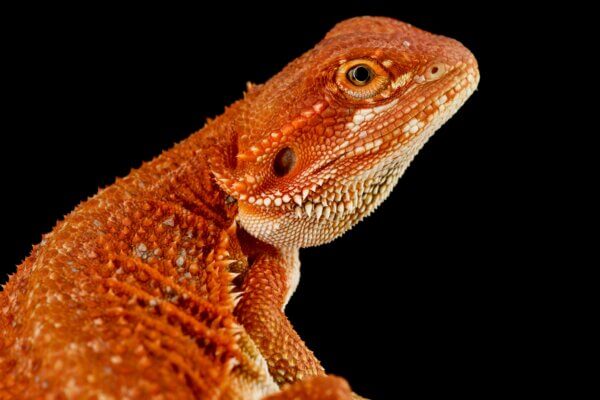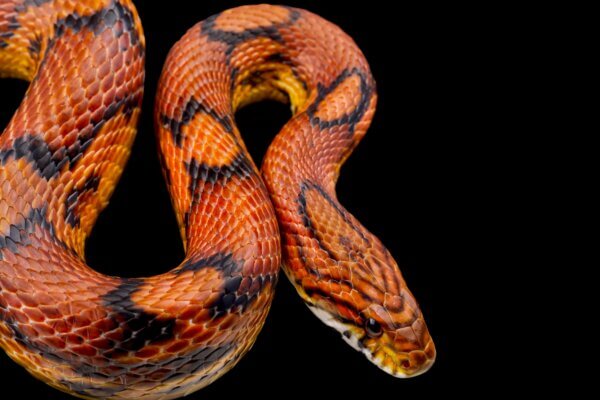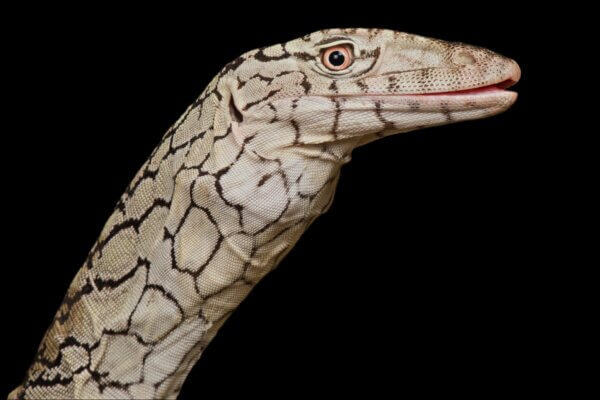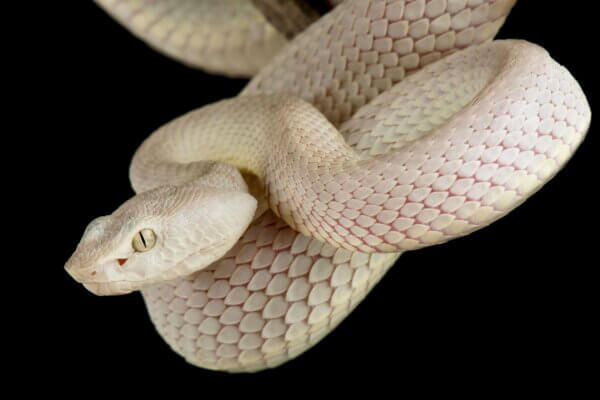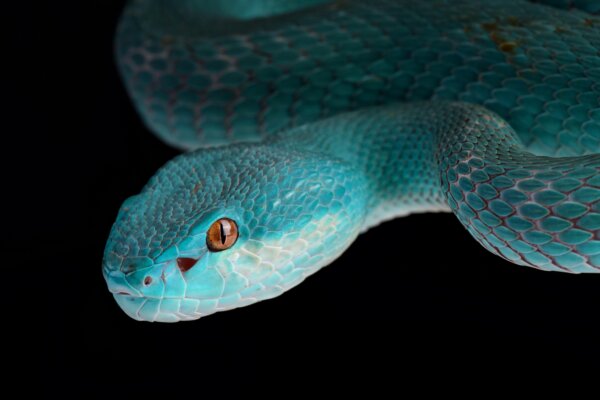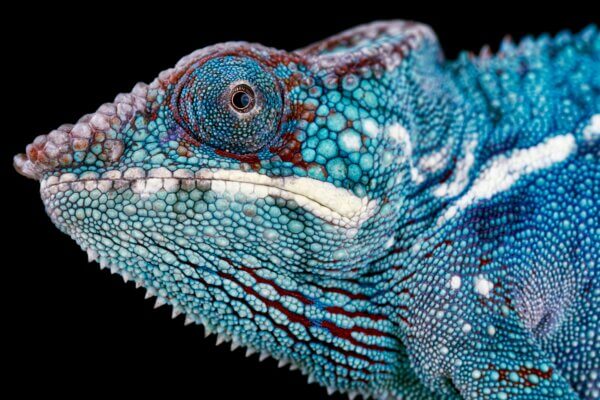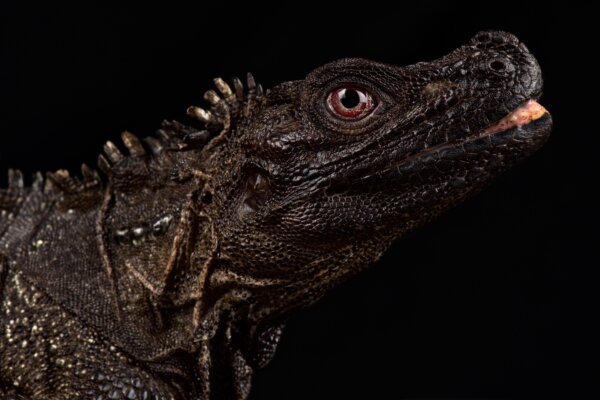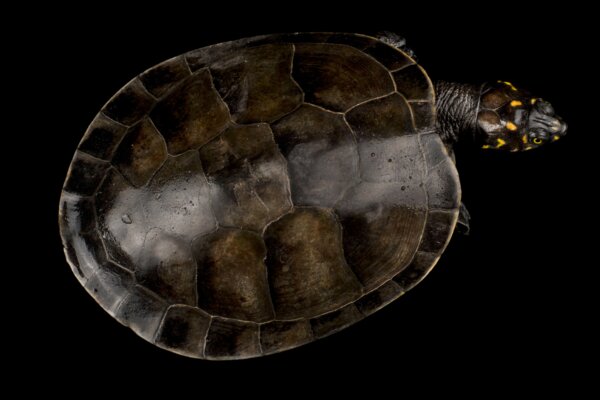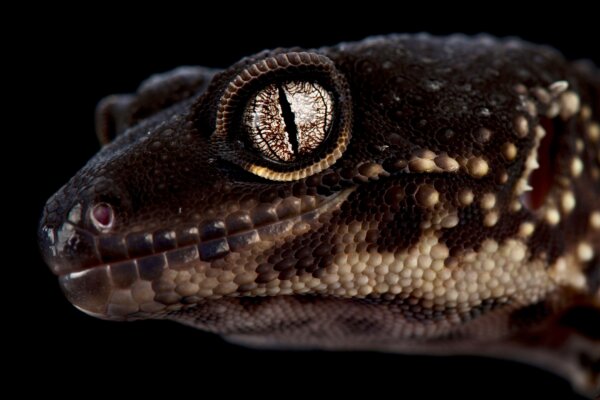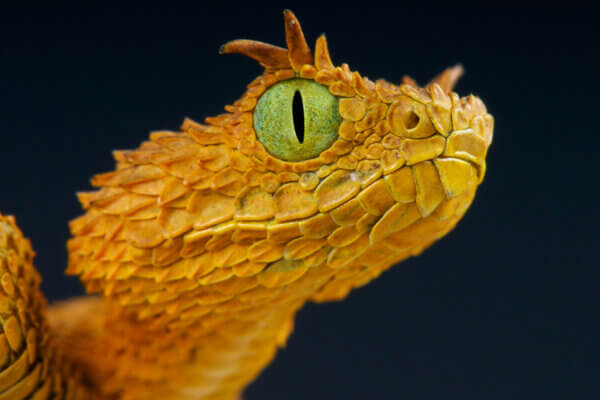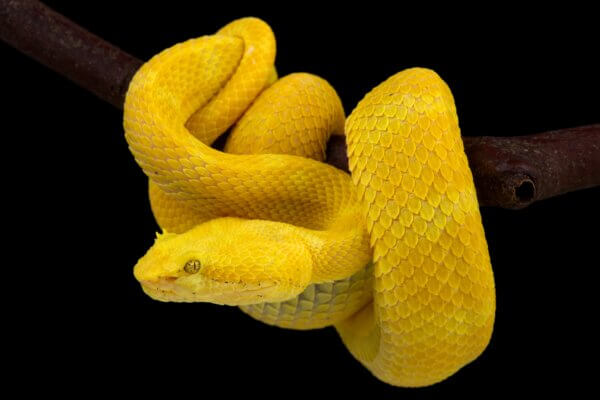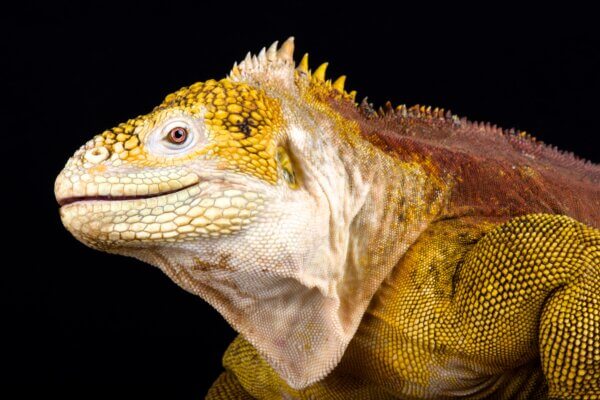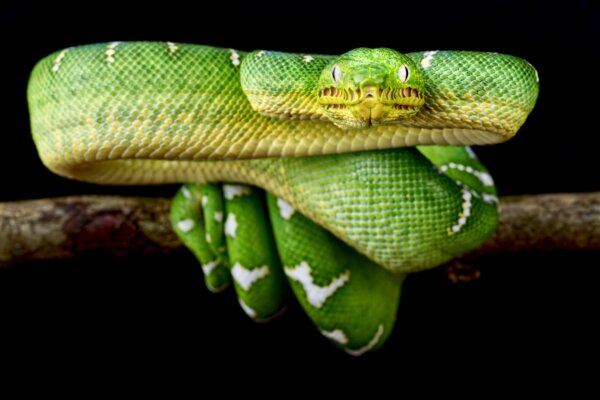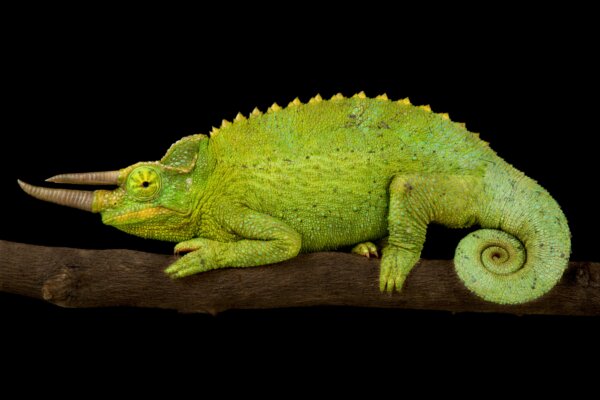There’s no doubt that reptiles often get a bad wrap, but wildlife photographer Matthijs Kuijpers has made it his mission to showcase the often over-looked beauty, vibrancy and diversity of these amazing creatures.
Braving dangerous situations and close enounters with highly venomous wildlife, Matthijs’ sheer dedication to document this group of animals is rewarded by the stunning images he has produced over the last four decades.
We spoke to Matthijs about his greatest acheivement in photography, the risks involved in his specialised subject and why he is so passionate about reptiles.
LG: How long have you been a photographer and what made you want to get into photography?
MK: I started photographing at around age 14 and as soon as I became 18 I left Europe and moved to Madagascar. Reptiles were my childhood passion. My brother kept snakes when we were very young and then when he was no longer interested in them I took them in my possession.
I expanded my knowledge, bought every available book (remember we did not have the internet yet!) and became hooked. Coincidentally this was also around the time of the first Jurassic Park movie and I started selling my slides of the strange and weird chameleons.
Once I discovered I could earn money with my photos the traveling started taking off in a serious way, and soon I went around the world. Madagascar was so far removed from everything; so exotic, so unique with 65% of the world’s chameleons living on that island, that I did everything in my power to get there and see those animals in the flesh. This was in 1991, still in the analogue period with film rolls and photo labs.
Once in Madagascar I very quickly specialized in photographing reptiles.
LG: You travel far and wide to capture rare and endangered reptiles, what are some of the biggest challenges you’ve faced while searching for your subjects and how did you overcome these?
MK: I find myself needing to search further and harder to find species that I’ve not photographed yet.
My current collection holds around 2,500 species of reptiles and amphibians, adding to this is my main challenge. As many of these animals need long searches, expeditions, time, permissions (access to special reserves), risks for tropical diseases, accidents, criminality and sadly money.
I remember Papua New Guinea in the early 1990s. The country was ranked (and still is) one of the most dangerous countries in the world, with over 700 languages and tribes. I had heard of the smoked mummies of Aseki, a small mountain village in central New Guinea to which I travelled with a small missionary plane and then by road.
Once there, I embarked on the long walk into the mountains when all of a sudden the earth started to tremble and rocks started to fall down! It was a small earthquake which the villagers thought that I had caused by disturbing the spirits and who came out with their spears and knives. I had to leave in a hurry and came close to the end of my life twice.
Another incident was with an African Puffadder, a top ten venomous snake in the world. I was preparing a photo shoot and by negligence I got too close, was bitten and came close to death! Ultimately I spent 6 days in Intensive Care, antivenom came from Belgium and South Africa, and the nerve pain in my hand I can feel to this day.
LG: What do you feel is your greatest achievement within your photography career?
MK: My most recent book (2024) The Reptiles of the Guianas, Guyana, Suriname and French Guiana is my greatest achievement to date.
It took me seven years and many expeditions into the dense Amazon jungle of the Guiana Shield where I had to find rarely seen and poorly known reptiles. In order to find these animals I was required to go out into the jungle at night, as more reptiles become active at night. The best nights are at the start of the rainy season when frogs start to reproduce in mass aggregations. Snakes are attracted to these events where they eat the frogs, eggs or larvae and so gave me the chance to photograph them as needed for my book.
It cost me blood, dengue, sweat and tears to make and get the photos and write the text which resulted in a 400 page, full color, hardcover book with nearly 700 photos, a distribution map and description of every known reptile species of these poorly known countries.
LG: Is there a message you try to portray with your amazing wildlife shots?
MK: Yes definitely! I try to show the world the many shapes, colors, forms and the beauty of this misunderstood group of animals, of which many are critically endangered due to already small habitation areas or island endemics and who are the first to go extinct due to habitat destruction, or from being under threat from non-indigenous cats, rats, pigs, goats etc.
In every country I have travelled to around the world the first reaction of the huge majority of people is to kill reptiles on sight. If you ask the average person to describe a snake they give you an elongated form in a brownish coloration that is dangerous; a thought that I try to change. Changing it by showing the beauty, colors, sometimes bizarre shapes and adaptations to the environments they live in.
By doing that, I hope to touch people, and hope that that in turn they spread that thought as well, just like an ink spot that keeps on expanding.
LG: What advice would you give to a fellow photographer who is just starting out?
MK: Do your thing, develop your own style, find a niche and go for it. Photographing and building a library takes time. Your photos stay for life.
We hope you’ve enjoyed reading about Mattijs’ beautiful work, perhaps it’s shifted your perspective on the amazing reptiles he enounters.
Keep up with Matthijs’ adventures by following him on Instagram here, visit his website here and check out the rest of his collection on Alamy here.
Make sure you’re following us on Instagram for the next contributor spotlight!
